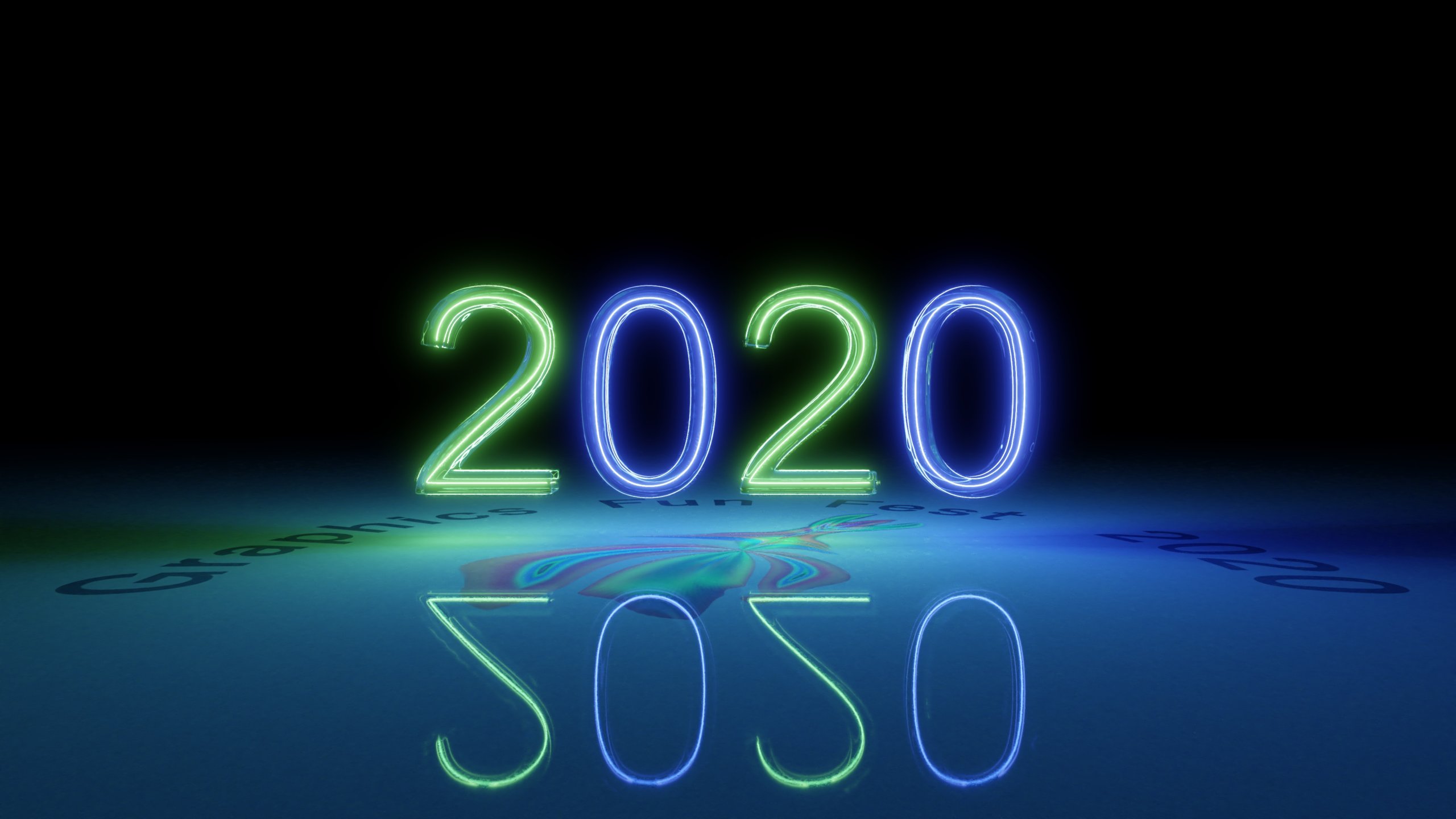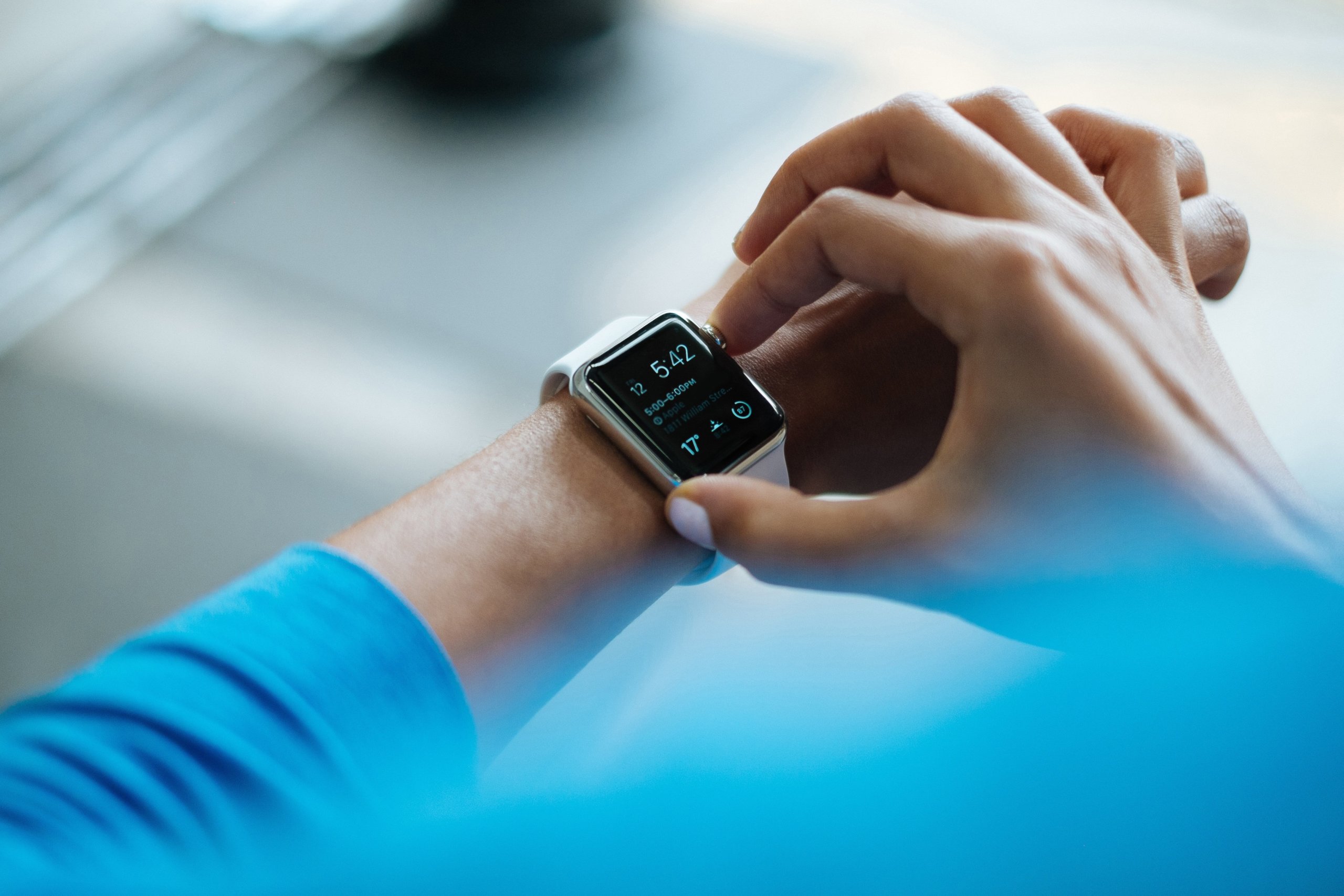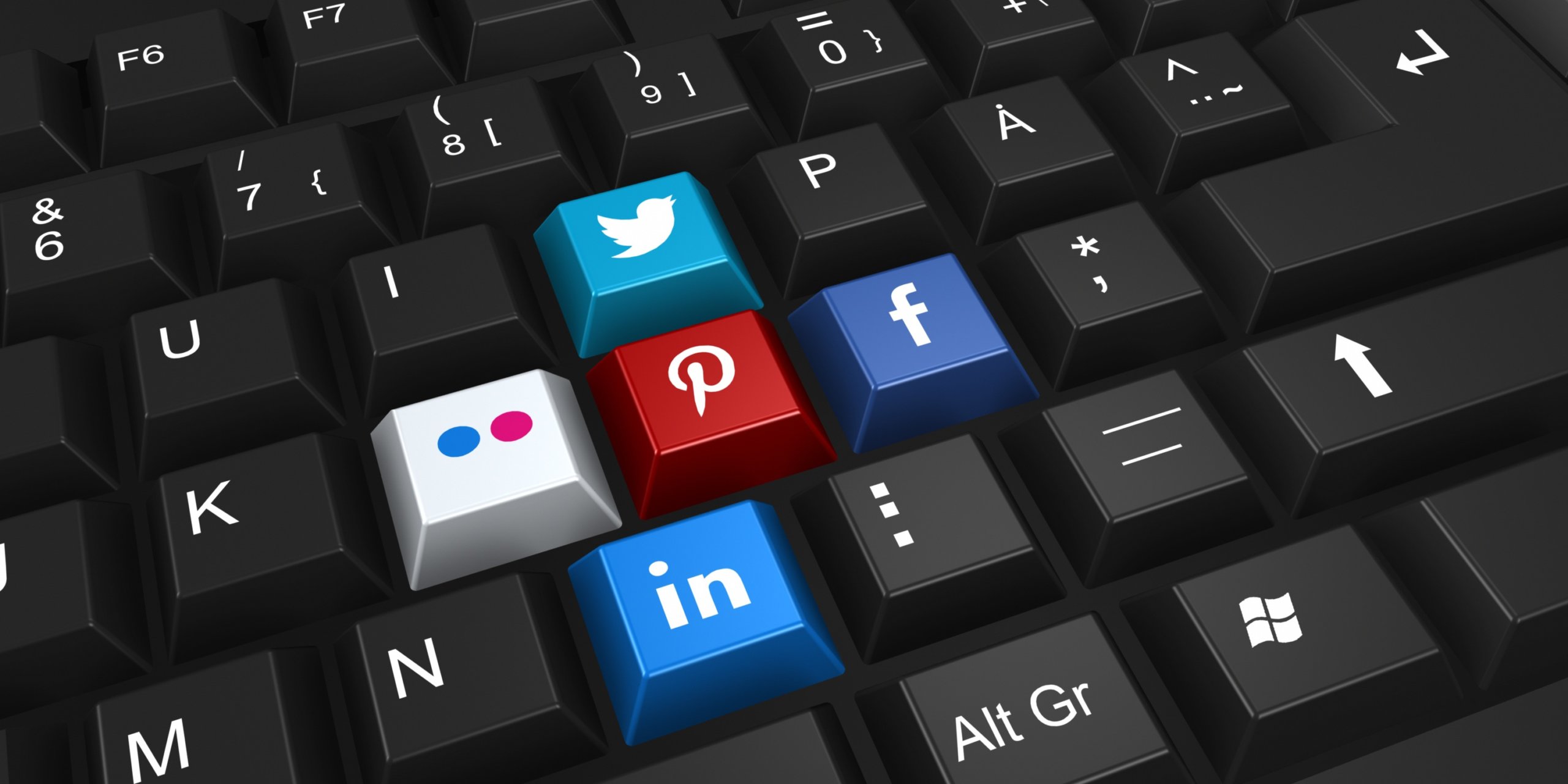
The last decade made one thing abundantly clear: Technology has invaded and transformed every aspect of our lives.
The Internet of Things (IoT) made it possible to set the mood (and temperature) at home before you even walked through the door. Artificial intelligence (AI) now lets automobiles take the wheel. With the rise of streaming services, cable is quickly becoming a relic of the past. And wearables are shifting from fitness gimmicks to integral pillars of preventative medicine.
In the first year of this new decade, these technological trends will only pick up the pace in revamping our day-to-day. From the wearables market heating up to smarter homes, here’s what to watch out for in 2020.
The Wearables War Wages On
The wearables war between Apple and Fitbit is nothing new. But this year, competition in the wearables sector will reach new heights. Fortunately, this will spur more creativity and innovation with these gadgets than ever before.

For quite a while, it seemed like this battle was over and Apple had won. The 2015 release of the Apple Watch, a smartwatch that took health tech development to a new level, was met with utter pandemonium and gave the company a substantial share of the market. And the follow-up 2016 release of the AirPods, wireless earbuds that you can control with Siri, seemed to seal the deal.
But all of this success didn’t dissuade other tech giants from entering the wearables market. In fact, it probably encouraged them by elucidating new possibilities. Wearables weren’t simply step counters; with some ingenuity, they could lead innovation in health monitoring. Since the release of the Apple Watch, gadget makers like Garmin, Xiaomi, and Samsung have thrown their hats into the ring.
Yet the biggest competitor that Apple has to watch out for is undoubtedly Google. The tech titan recently acquired Fitbit for $2.1 billion and has also gained access to millions of healthcare records. All of these ingredients put together could concoct a recipe that ends up taking the wearables throne from Apple.
Regardless of which company wins or loses in this tech war, one thing’s certain: Consumers will benefit tremendously from the resulting innovation.
The Streaming War Starts
It’s an exciting time in the streaming era. For the longest time, Netflix dominated this market and technology. And 2019 was much of the same story for the service, headquartered about an hour out from San Francisco.
Last year, people spent an average of 23 minutes per day streaming Netflix content. That’s even more impressive when you consider that digital video comprised 25% of all time spent on digital devices last year — including time spent on apps and the Internet. But Netflix’s luck may soon change.

With the arrival of streaming services like HBO Max, Apple TV Plus, and Disney Plus, the fight for our attention has never been more intense. Consequently, it’s likely that Netflix’s share of our time will most likely decline in 2020. “Even though Americans are spending more time watching Netflix, people’s attention will become more divided as new streamers emerge,” says eMarketer analyst Ross Benes.
The good news for consumers is that there are more viewing content options. And like the wearables war, hopefully, increased competition means higher quality. If new shows like “The Mandalorian” or “Watchmen” aren’t satisfying your binging needs, there’s no more need to change the channel; just change the app.
Tech Titans Are Working Together to Make Smart Home Automation Seamless
For modern living environments, “the biggest thing [right now] is connected everything,” according to Carolina Milanesi, a technology analyst at Creative Strategies, a research firm. “Anything in the home — we’ll have more cameras, more mics, more sensors.”
Recent advancements in IoT development and AI have caused these connectivity efforts to take leaps and bounds in recent years, to the point that smart speakers from Amazon and Google are now commonplace and at the center of many homes. These devices make it possible to control lighting, play music, and even turn on robot vacuums with just your voice.
But there is one hurdle to overcome with smart home products: They’re not easy to set up. As a result, most homes’ virtual assistants are relegated to basic tasks like checking the weather or acting as a cooking timer.
To address this quandary, it appears that Apple, Google, and Amazon have called a truce. This past December, the three tech companies announced they’d be collaborating to make standards that allow their smart home products to be compatible with each other. For example, if you bought a lighting system that works with Alexa, it will now be able to work with Google Assistant or Siri as well.
According to Milanesi, eliminating complexity was a necessity for smart home device makers to reach their real objective: Making home automation truly automated. “You want the devices to talk to each other instead of me being the translator between these device interactions,” she explains. “If I open my door, then the door can say to the lights that the door is open and therefore the lights need to turn on.”
In this way, your smart home can actually feel like home — without any words needed.
What Tech Do You Want to See This Year?
2020 is shaping up to be a big year for consumer technology, and we can’t wait to see how wearables, streaming, and smart home automation evolve.
What tech is making you most excited for the upcoming year? What about the decade? As always, let us know your thoughts in the comments below!





